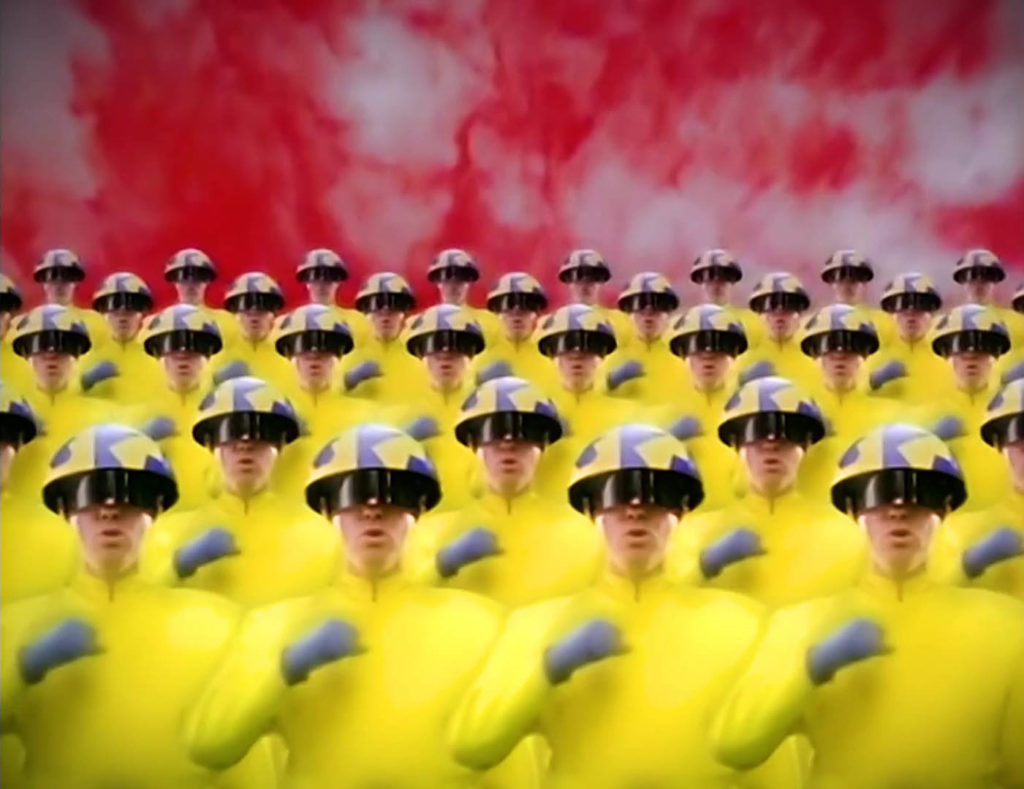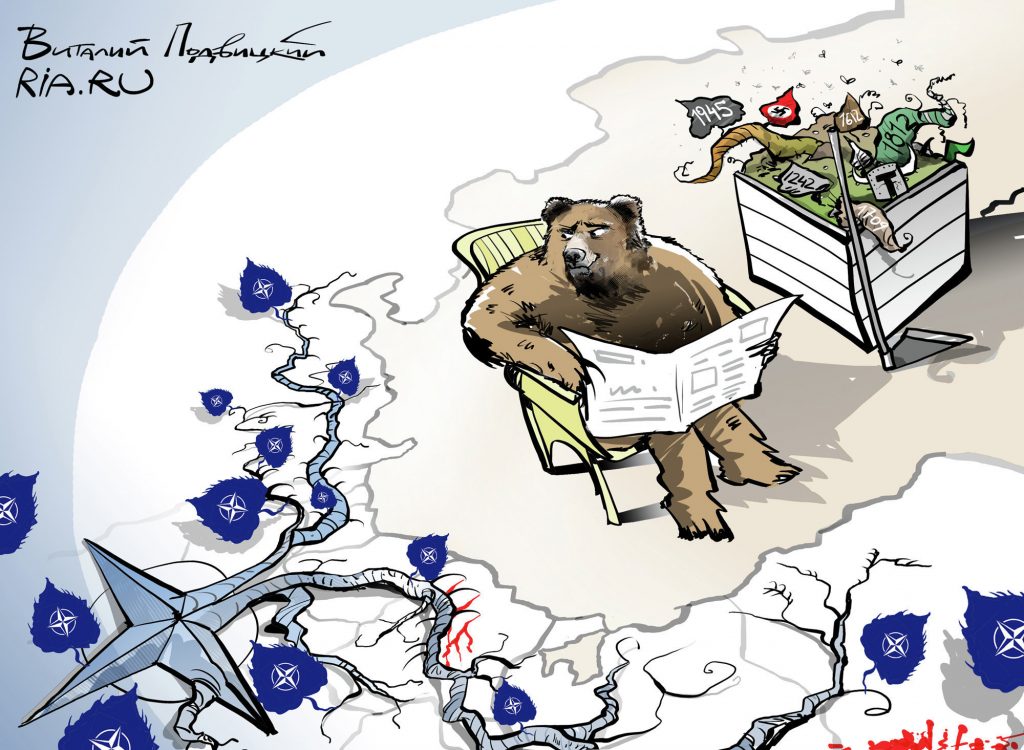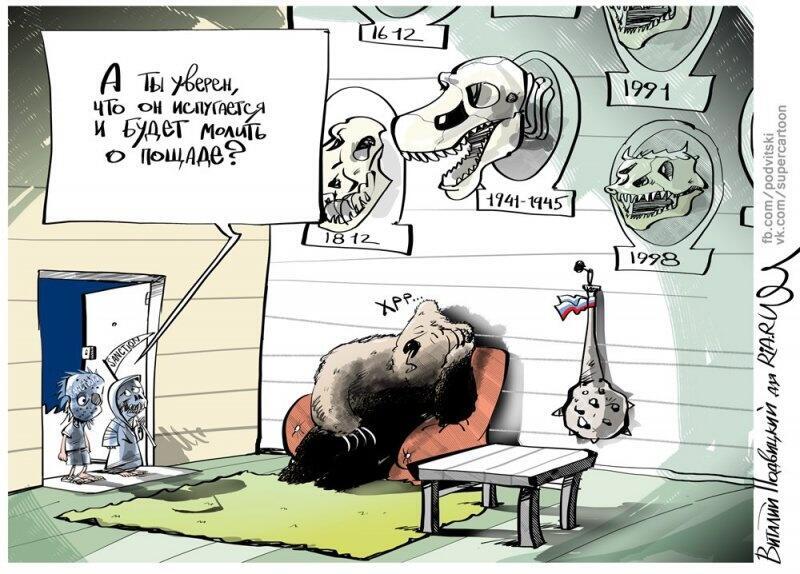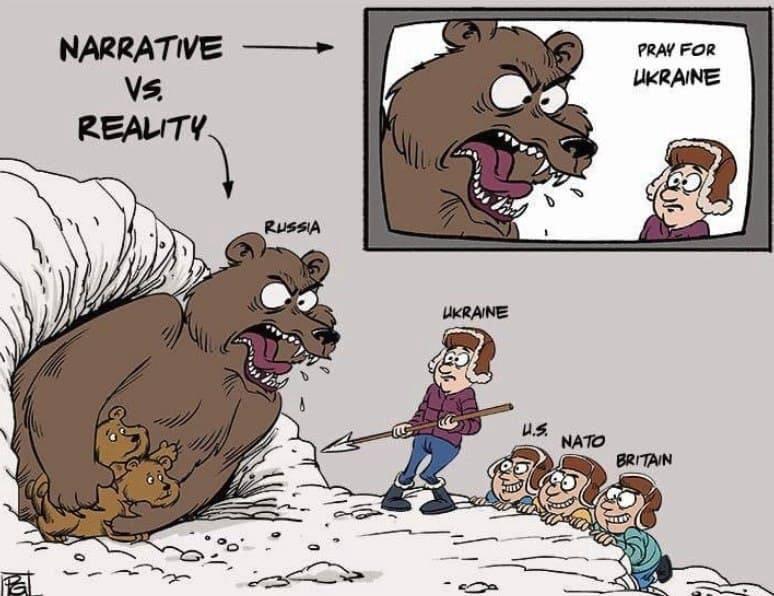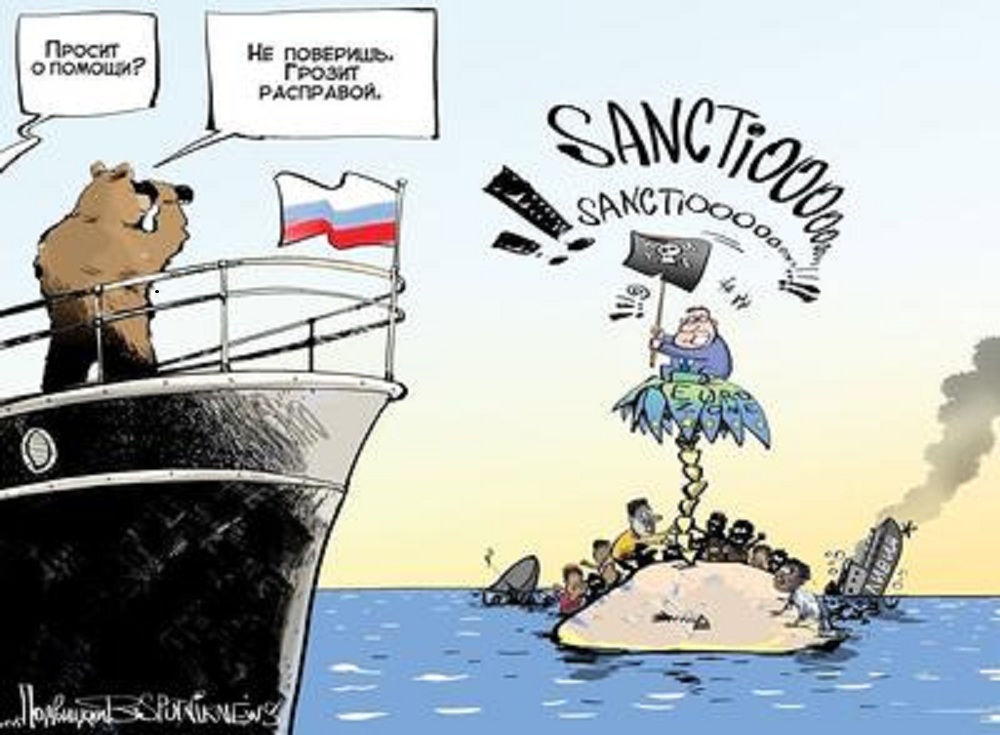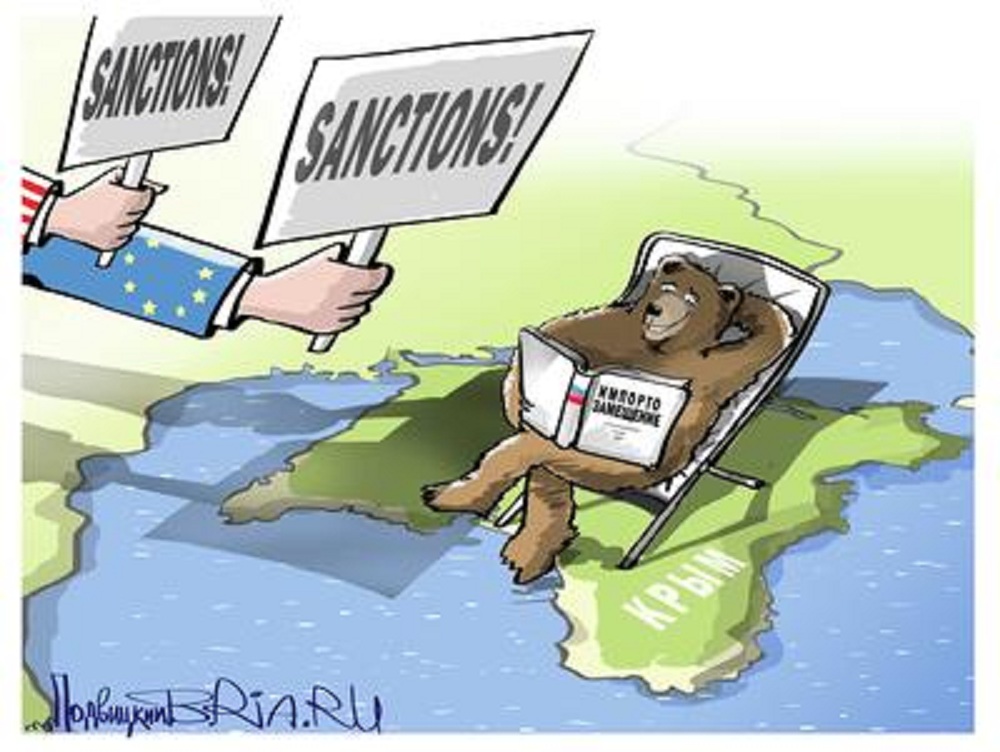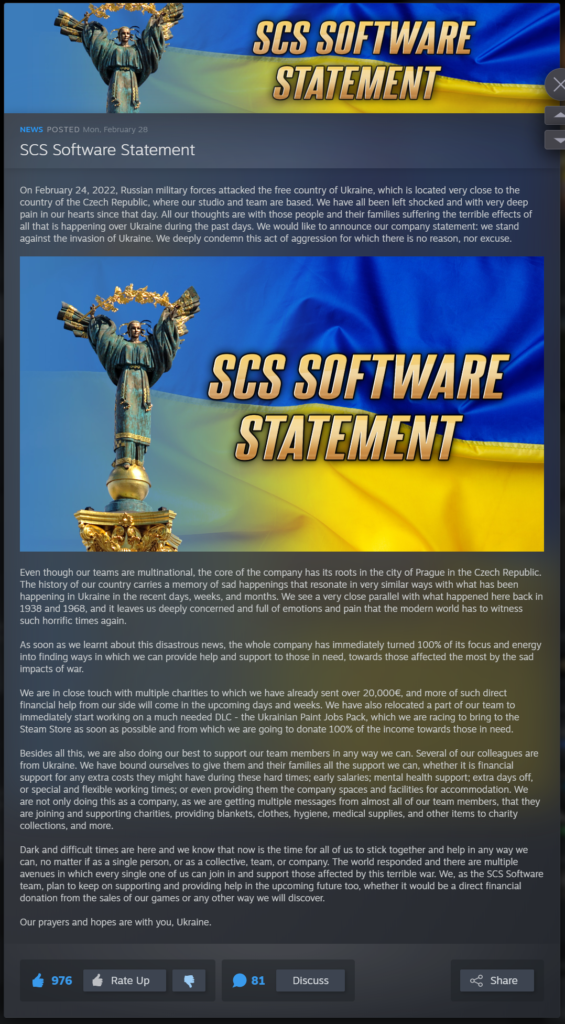
#noRussiaNoGames
The spirit of the Olympics is dead. It was dying for several years, but with each of the recent games, the politics took over the Olympics more and more. The final culmination is now a blanket ban of Russia with an attack on its symbols and language, based on thinly veiled lies coming from an American-sponsored doping criminal who was heading RUSADA and made a runner to the US as soon as his activities started being investigated.
This Rodchenkov character is but the last of the similar attacks on Russia, where the West uses criminals as poster boys. One of the previous ones was the blown out of proportion death of an accountant specialising in tax evasion – Magnitsky – and the con artist Browder, who made illicit billions in the Wild 90s Russia. But I digress.
The Olympic games were used for the past years as attacks on Russia: 08 August 2008 – Georgian invasion into South Ossetia and killing there of the Russian peacekeepers – right after Rice visited Georgia with instructions, and on the opening ceremony day in Bejing. In 2014 Nuland and co was visiting Ukraine, managing to start an armed coup d’etat just as Olympics were underway in Russia. In 2016 in Rio, the athletes were openly humiliated and their lives and training were made impossible. And now, for the games in Korea, the Dark State in the face of IOC and WADA have imposed a blanket ban.
No evidence is presented. The supposed “evidence” (the tempering with the bottles) was debunked by several independent labs, as well as the Swizz manufacturer of the tubes. Incidentally, earlier Russian samples were destroyed by Rodchenkov before he made a runner to the US, so it is now impossible to the earlier years’ tests. More on the game-by-game analysis read Lada Ray’s REPORT: Dirty Geopolitics of Olympics and Globalism – Will Russia Say NO and Start Alternative Games?.
This is a pure attack on Russia in general and one of the attacks before the presidential campaign to interfere in the Russian internal politics. Sample this from McFaul:
In the wake of the Russian Olympic ban, a couple of days ago McFaul wrote that Russians should know that the Russian team, flag and anthem ban are all because of bad Putin. It is Putin who is to blame for the Russian athletes’ predicament, he proclaimed. In doing so, he: 1. confirmed that Russian athletes’ ban is politically motivated, 2. revealed fully who he is working for. It is clear that the whole ‘Russian Olympic ban’ psyop has been designed to divide Russian society and to try to damage Putin’s reputation before the upcoming Russian elections 2018.
The whole “neutral” IOC thing is a pure aggression against Russian symbolism, Russian language, Russian people and Russian sports. It is well-summed in the following caricature:

The red signs read: “Neutral flag”, “Neutral surname”, “Neutral form”. The speech bubble in the German-accented of Bach “This fantastic Vanja. Das uniform is gut for you”.
Here are the details, as reported by RT:
IOC releases Olympic kit requirements for Russian athletes
- Abbreviation “RUS” is forbidden – only a nondescript “OAR”. (Attack on the country name)
- Cyrillic lettering is forbidden – only English. (The ever-present urge to latinise Russia)
- Monochrome or dual-coloured uiforms, but not with the colours that could be combined into the Russian flag (Attack on the state symbol). Russian forums circulate a few jokes that Russia should just design a pure red uniform with buttons formed as hammers…
- The anthem will not be sounding. And the athletes are strictly forbidden to associate themselves with Russia. As an experience from Rio showed – humming the Russian anthem can disqualify you.
- In addition on prohibition on humming or singing of the anthem a’capella, the athletes are forbidden to mention Russia in their conversations or in social media and to refer to themselves as Russians.
So what we have, are the Gestapo-level measures to eradicate all things Russian. Something like this was outlined in Hitler’s operation Barbarossa, by the way.
So, why stop now, IOC – just take the extra step and make the athletes wear the yellow star of David!
Shocking as it is, the Paralympics are even more rotten than the Olympic platform. Time to create our own.

#noRussiaNoGames
The process of deciding which Russian athletes will be allowed to participate under the “neutral” guise is arbitrary. The athletes are sentenced by a one-man jury at IOC without being given any evidence. Here is how the process is described by the Russian skiing champion Nikita Kryukov (who, incidentally, stated that he’ll boycott the games regardless of the verdict):
On the 20th of December the IOC Commission will consider the case of Nikita Kryukov and two other representatives of the national team of Russia in ski racing — Alexander Bessmertnyh and Natalia Matveeva.
The information that appeared newly, indicated that their cases will be reviewed by the Commission of the International Olympic Committee (IOC) under the leadership of Denis Oswald. We offer a commentary by Nikita Kryukov, that we got just received:
— Yesterday the President of Federation of ski racing E. V. Vyalbe said that the hearing by Oswald will be held on the 20th. What I expect from this hearing? The same resolution that was delivered the rest of our guys. We are no longer hoping for a miracle. Those, who went to Oswald, told how it all happens – you are only given the final word and then they read out the verdict.
This topic has now become quite boring and no one is surprised that they call out new names all the time.
When I was told that they were waiting for me at the meeting I was, of course, a little shocked. But I’m not the first and probably not the last one to take such a hit. I hope the lawyers will help and we will quickly send an appeal to a civil court.
They will make sure that only the least experienced, weakest athletes are allowed to compete…
In addition, the support teams of the athletes will not be allowed to follow them. It’s like sending a car to Formula 1, but saying that all the mechanics and pit-stop technicians are barred. Only driver is allowed to go. Oh, and the driver will have to do with a car provided by the race organisers.
A follow-up from Nikita Kryukov on the “tribunal” at IOC, where 11 athletes were “processed:
“I was asked only one question: how tightly did I close my doping sample in Sochi? To which I replied: as tight as possible. I always do so, at all doping tests.
Then I was allowed to speak.
— I, personally, was not familiar with Gregory Rodchenkov. I had never heard of any state-support system of doping in Russia, and was not familiar with it, I said.
— I’m for clean and honest sport. I am a clean athlete. I am ready to confirm my words on the polygraph or under oath.
After they listened to all the athletes, the hearing continued.
The day before the hearing we were informed that our samples were tested by the Lausanne laboratory for the presence of the T-shaped scratch marks and salt. Personally, I was told that they checked 3 of the Sochi samples and they all tested negative for the presence of scratches and salt.
But back to the point. The prosecution argued at the end of their speech, that we should not pay attention to the fact that the samples have not yielded positive results. It’s all part of the state system. I will not go in depth here, as I was not able to listen to in in full, but one thing I remember exactly is that when we go to CAS, Rodchenkov himself will already be present there.”
In other words: IOC said – who cares about the evidence. We said Russians are guilty therefore they are guilty!



